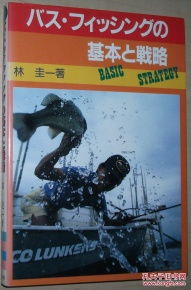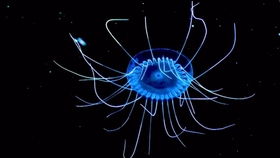
Article:
Introduction: Fishing is an art that requires patience, skill, and a deep understanding of the fish you are targeting. One of the most popular species to fish for is the small mouth fish, known for its feisty nature and excellent taste. However, catching these elusive creatures can be challenging, especially when they have a small mouth. In this article, we will discuss some essential tips and diagrams to help you improve your chances of landing a small mouth fish with ease.
Choosing the Right Bait: The first step in mastering the art of fishing for small mouth fish is to select the right bait. Here are some popular baits that work well for these fish:
- Live bait: Small mouth fish are attracted to live bait such as minnows, crayfish, and worms.
- Artificial lures: Soft plastics, spinnerbaits, and jigs are all effective lures for small mouth fish.
- Natural baits: Chicken liver, nightcrawlers, and grasshoppers are also good choices.
Understanding Small Mouth Fish Behavior: To catch small mouth fish, it is crucial to understand their behavior. These fish are often found in shallow waters, near structures such as rocks, logs, and fallen trees. They are known for their aggressive nature, which means they will strike at any opportunity. Here are some tips to help you understand and exploit their behavior:
- Use bright-colored baits: Small mouth fish are attracted to bright colors, so using a lure or bait with a vibrant color can help you stand out.
- Fish during the early morning or evening: These are the times when small mouth fish are most active.
- Pay attention to the weather: Small mouth fish are more likely to feed during overcast or rainy conditions.
The Importance of a Good Hook: A good hook is essential for catching small mouth fish, especially since they have a small mouth. Here are some tips to help you choose the right hook:
- Size: Use a hook that is slightly larger than the bait you are using. This will help ensure that the fish can't easily swallow the bait whole.
- Sharpness: Make sure the hook is sharp, as this will increase your chances of a successful catch.
- Type: For live bait, a straight shank hook is ideal. For artificial lures, a treble hook can be more effective.
The Art of Casting: Casting is a crucial skill when fishing for small mouth fish. Here are some tips to help you improve your casting technique:
- Practice your casting technique: Spend time practicing your casting to develop a smooth, accurate throw.
- Pay attention to your line: Make sure your line is taut and not twisted, as this can cause you to lose your bait.
- Cast to structures: Since small mouth fish are often found near structures, cast your bait to these areas to increase your chances of a bite.
Diagrams and Visual Aids: To help you visualize the process of fishing for small mouth fish, we have provided some diagrams and visual aids:
- Diagram 1: This diagram shows the ideal depth at which to fish for small mouth fish, based on water temperature and clarity.
- Diagram 2: This diagram illustrates the best casting angle for reaching structures where small mouth fish are likely to be found.
- Diagram 3: This diagram demonstrates the proper way to set the hook when a small mouth fish strikes.
Conclusion: Catching small mouth fish can be a rewarding and enjoyable experience, but it requires practice, patience, and a deep understanding of the fish's behavior. By following these tips and using the provided diagrams, you can improve your chances of landing a feisty small mouth fish. Happy fishing!












